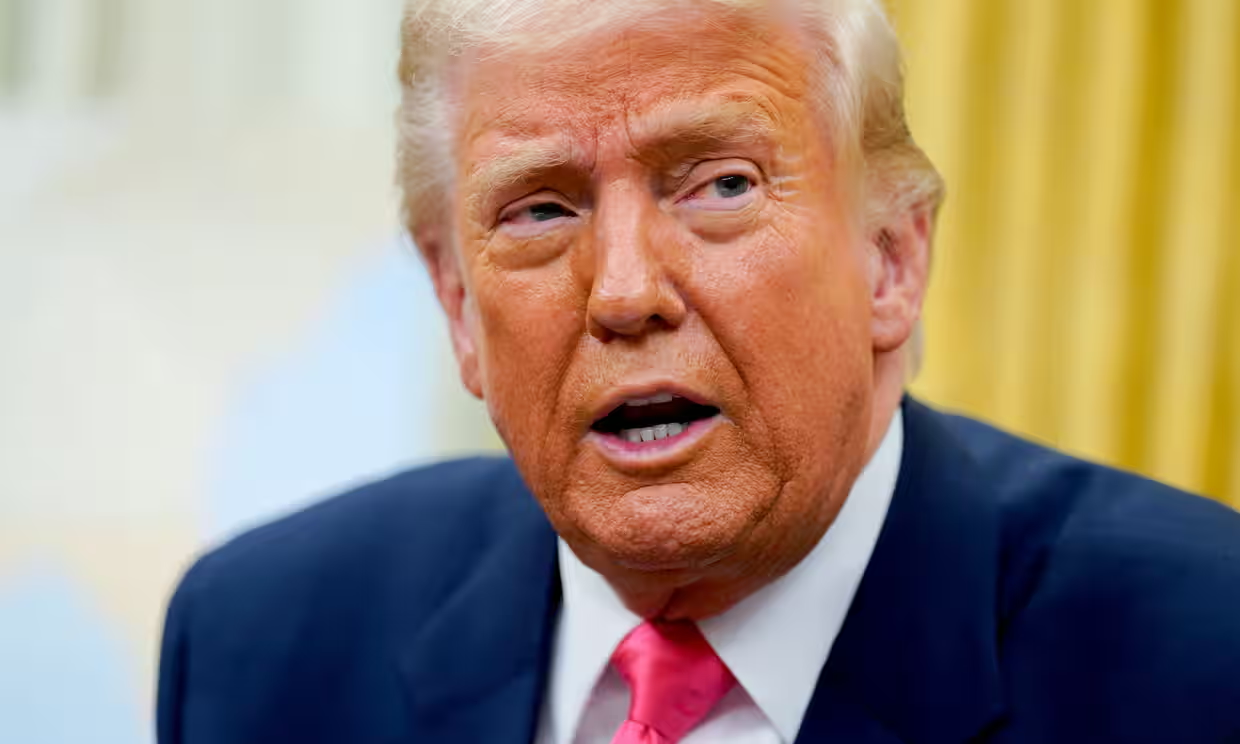Donald Trump threatens to pull out of NATO
Payton Costenbader
Marketing Editor
Donald Trump has threatened to pull the United States out of the over 75 year long alliance with 32 countries across North America and Europe. This alliance is known as the North Atlantic Treaty Organization, or NATO, and was formed in 1949 as a response to the global threat that was the Soviet Union. Twelve countries formed this security agreement after World War 2 to ensure the safety of their population amid potential communist invasion. The pact was intended to provide additional military support from the United States to the less equipped European countries in the case of an attack. Trump has claimed that this treaty is unfair, and other countries are not pulling their weight in terms of financial support.
The United States has applied pressure to the alliance for years in regards to the unfair investment in their respective militaries. The spending target that members of NATO are expected to meet is an investment equal to 2% of their GDP. Many members of the alliance are not meeting this criteria, even with the request from the USA that they begin contributing the proper amount. America invests about 3.4% of our GDP to our defense budget, which is making up for those countries that do not meet the target. Donald Trump views this as unfair to the American taxpayer and that the alliance is no longer operating in favor to The United States’ best interest. Our President has also come forth with concerns over the trust that the treaty is based upon. Article 5 of NATO’s collective defense commitment states that “an attack on one is an attack on all,” yet Trump points out that he does not trust fellow aligned countries, such as France, to come to aid the United States if called upon. It is worth noting that the only time in history that Article 5 was invoked was to aid the United States after the September 11, 2001 terrorist attacks.

Trust is at the very core of the treaty. Comments from Trump are creating holes in the long-standing agreement that is invoking fear in the leaders of the countries with less developed militaries. They are heavily reliant on the United States’ help in a situation of emergency.
It is unclear if the United States would be able to follow through with this threat due to legal ambiguities. In The Constitution, it is specified it is within the president’s responsibilities to negotiate treaties, but it is unspecified whether that allows the president to individually have the power to break one. In 2020, after Trump’s first presidency where he suggested the lack of fairness in NATO, a provision was made in the National Defense Authorization Act. This outlined that the president cannot unilaterally withdraw America from NATO without congress intervention or a two-thirds vote from the senate. The lack of clarity in The Constitution leads to the uncertainty behind how this situation may conclude due to the Department of Justice’s clause against congress intervention. As of current, the Department of Justice published an opinion that breaking a treaty is a presidential power that is unrestricted by congress, but past cases of attempts to break a treaty do not reflect this. Court interference would be necessary to settle this debate, but foreign policy is a difficult topic to convince a judge to invite into the courtroom. Many cases involving power disputes in foreign policy are released to be assessed by political branches other than the judiciary.
Ultimately, it is uncertain whether or not Donald Trump would be able to follow through with this threat of breaking the long standing NATO agreement. Though he may not be able to leave, he is more than capable of destroying the fundamental trust that has allowed this treaty to align 32 nations under a common goal, national security.
Contact Payton Costenbader (payton.costenbader@student.shu.edu)

